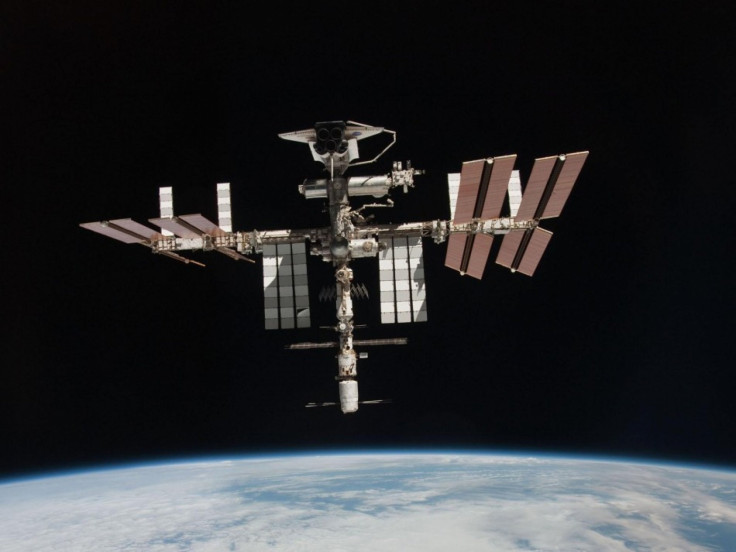Satellites, Spacecraft Under Threat of Increasing Space Junk; NASA Needs to React

The amount of space junk currently in the orbit has reached a threshold where it increases the danger of possible collision with active satellites and manned spacecraft. NASA needs to find ways to clean up the orbital debris, says a report by the National Research Council released on Thursday.
The report says the current orbital debris has already reached a tipping point, where it will continually collide with itself, further increasing the population of orbital debris. It will lead to subsequent increases in spacecraft failures, which will only create more feedback into the system.
The debris increase, so far, has been most rapid in Low Earth Orbit (LEO). Although the exact timing and pace of this growth are unsure, considering the strategic importance of the U.S. space operations, the serious implications of such a scenario need careful attention, the report said.
NASA needs to determine the best path forward for tackling the multifaceted problems caused by meteoroids and orbital debris that put human and robotic space operations at risk, said retired head of NASA's Orbital Debris Program Office Donald Kessler, who led the report.
According to Kessler, international regulators should consider more research into the possible use of launching cosmic versions of nets, magnets and giant umbrellas to clean up the space.
Apart from the 22,000 objects in orbit that are big enough to be tracked by officials on the ground, there are other numerous smaller ones that could also be fatal for manned spacecraft and satellites.
The International Space Station was nearly destroyed in June when an unidentified object came within 1,100 feet. Astronauts were preemptively evacuated to emergency spacecraft.
In order to detect and monitor objects in the orbital debris environment, scientists use a combination of remote and in situ measurements, and ground tests are used to help interpret those measurements.
While the report does not offer any strategy, it emphasizes the need for NASA to come up with a plan and better utilize its resources to tackle the problem.
It recommended that NASA should initiate a new effort to record, analyze, report, and share data on spacecraft anomalies. The space agency should lead public discussion of orbital debris and emphasize that it is a long-term concern for society that must continue to be addressed.
The report said that that budget, management structure and personnel for the orbital debris office have not kept pace with its responsibilities, and it recommends that the office should develop a strategic plan that would address gaps in research.
However, removal of orbital debris may lead to another set of complexities, as merely about 30 percent of the object can be attributed to the United Nations, the report added.
As per international legal principle, no nation may recover or collect other nations' space objects. Therefore, the report recommends, NASA should engage the U.S. Department of State in the legal requirements and diplomatic aspects of active debris removal.
© Copyright IBTimes 2024. All rights reserved.












